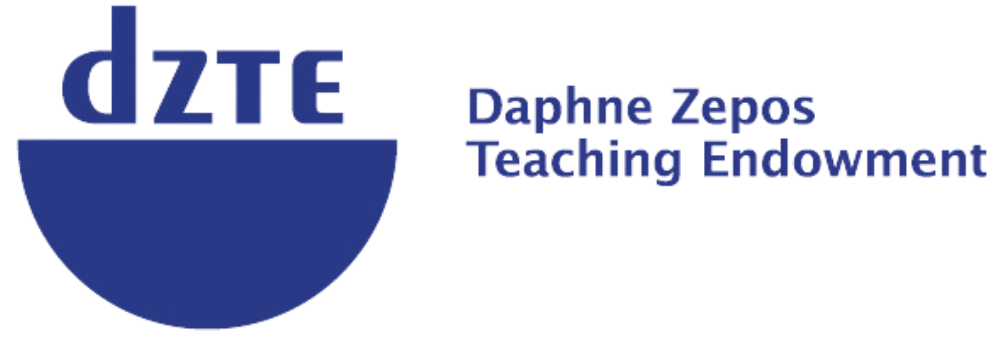Olivia Haver | DZRA 2025
Good things come in 13s. 13 years into my cheese career as as affineur and sensory evaluator I presented my DZRA research on the ingenuity of American Artisan cheese caves. It is now 13 years later and my research has turned into a reference book used by new and seasoned professionals alike. The pages are filled with photos of caves built from the imagination and bravery of U.S. artisan cheesemakers along with both their stories of triumph and cheese loss.
My own education in affinage was built on absorbing the limited print resources available in the U.S., visiting as many cheese caves as possible, and reaching out to colleagues for advice. I asked myself, how can I gather our collective knowledge to nurture the growth of professionals engaging with affinage? By exploring what has not yet been shared; the innovative caves of U.S. artisan producers. Words will deliver information while sights offer context.
I set out to document the ingenuity of American artisan cheese caves, capturing their design, functionality, and the unique challenges faced by cheesemakers/affineurs. The result was a first-of-its-kind reference book, coupled with an interactive professional network that transformed the way affineurs share knowledge.
The DZRA allowed me to travel to remote artisan caves, interview cheesemakers firsthand, and compile a comprehensive study that otherwise would not have existed. I learned from examples of small to medium production spaces. A few well known caves are covered, but I sought after those who have one cave in a hill or a basement under a barn. The pragmatic dreamers who are working with what they have. These folks have gone to bat with their inspectors who they had to educate in order to open their business. Their cheeses are special within their community and they may or may not enter awards. Some of them I found by word of mouth while others create cheeses I have only dreamt of seeing in real life after reading about them. This is the true landscape of the American Artisan Cheese movement.
13 years ago if one wanted to gather inspiration and innovation for their own cave they would have to hope for an instagram post or a few curated shots on a producer’s website that is most likely geared towards the general public. Now, not only can you see what materials, shapes, and humidifications systems others use, you can read about how producers chose to build the caves that way.
Colleagues' openness to sharing information is invaluable to elevating and building the next generation of artisan cheese. To make it easier to find others in the industry willing to share advice, I built an online database of professionals and organizations. It is composed of cheese production folks who are willing to share their experiences with other professionals freely. For those new to the industry, it opens the doors to experienced affineurs with tales (and solutions!) of rind defects, cave malfunctions, and discoveries. For those who have been around, they can bounce ideas off of each other, diving deeper into hypotheses or sharing a lightbulb moment; no Olivia Haver Daphne Zepos Research Award matter how experienced one is, rinds have their own mind which offer unexpected twists and turns.
Europe has thousands of years of experience to offer. However, with artisan cheese innovation being so young in the U.S. it is the pioneers here who understand troubleshooting and questions the best within the context of our regulations. We all have an understanding of government limitations, educational resources, gathering supplies, and what it means to traverse a landscape of unknown adventure. The book has become a standard reference on the shelves of artisan cheese production professionals. When readers need an example of different systems for airflow they reach for this research. When they need to troubleshoot caves further, they access the directory. Professionals are not just starting from scratch when looking for an answer, they have a foundation on which to begin their conversations. Instead of picking up information unexpectedly when speaking with other professionals at conferences or cheese gatherings, they have an idea of where to begin.
With this research, the next generation of affineurs won’t have to rely on scattered conversations and fleeting social media posts to learn. They will have a structured foundation—a guiding light in the darkness—that allows them to innovate, collaborate, and elevate American artisan cheese. As affinage continues to evolve, the value of shared knowledge will only grow, ensuring that no affineur has to navigate the unknown alone.

